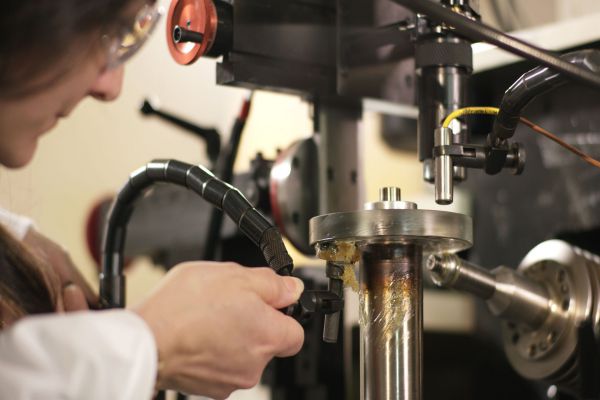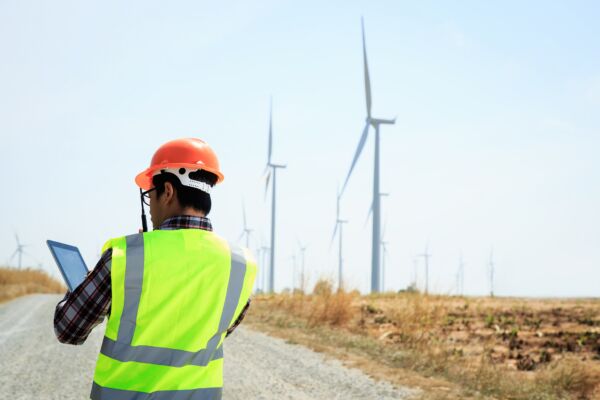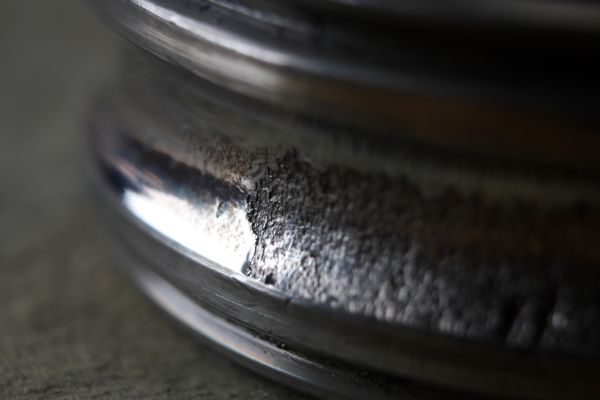Rain or shine, wind turbines must withstand all kinds of weather. The most common external wind turbine failure is typically damage to the blades, such as blade furniture detachment, delamination, leading-edge corrosion, or blade cracks. These are most often caused by birds, lightning strikes, and heavy rainfall. As blades tend to rotate at a speed of over 150mph, accumulated dust particles are also no friends of turbines and can cause their surface to chip off. Over time, all these factors create erosion, and furthermore, cause even more damage to other parts of the wind turbine such as the main shaft, gearbox, generator, and the pitch and yaw.
Cracks with white etching are another commonly encountered failure. This condition can develop in bearings at multiple gearbox locations. This can potentially jeopardize bearing performance, service life and, in turn, a turbine’s reliability and productivity.
Occurring damages on wind turbines
Wind turbines are very intricate power generators, and their complexity has increased over the years as companies aim to build turbines that boast greater efficiency and performance. This, however, heightens the risk of damage – including gearbox damages and electrical and mechanical failures, which if not properly monitored can result in wind farm owners facing downtime and lost revenue. Damage to wind turbines cannot be completely avoided. Luckily there are some ways to at least minimize the risk.
As a leading supplier to the wind energy industry, SKF manufactures a variety of components for wind turbine reliability; all of which aim improve the total cost of energy. These resources include drivetrain bearings, along with lubrication and sealing solutions. Additionally, SKF has also developed condition monitoring systems based on vibration monitoring and has offered remote monitoring services for over five years.
Boosting gearbox reliability
Plain and roller bearings are found in numerous parts of wind turbines and play different roles. In the gearbox, cylindrical roller bearings meet the challenges of applications faced with heavy radial loads and high speeds. Depending on their design, they should provide high precision and low friction and therefore enable high rotational speeds while reducing noise, heat, energy consumption, and wear.
Lubrication and sealing
Studies have revealed that 36 percent of all premature bearing failure is due to improper lubrication. To function properly, all necessary parts must be adequately lubricated with the right grease or oil. Vibration, high mechanical loads, contamination, and moisture pose risks to bearing service life. The right lubrication solution can provide a quick ROI by increasing turbine system availability, extending maintenance intervals, and preventing failures of major components. SKF’s solution of precise automatic lubrication provides a considerable benefit for wind turbine operators by helping them maximize energy production and manage operating costs.
If water or corrosive agents reach the inside of a bearing, moisture corrosion forms, and when the lubricant is not delivering sufficient surface protection, rust can begin to develop, damaging the bearing. It only takes a small amount of water to significantly shorten service life. Corrosion can be avoided by correctly sealing the areas where the bearings are located. Robust sealing solutions can help boost turbine reliability, productivity, and energy efficiency and prevent premature main shaft bearing failure.
Conditioning monitoring
Unexpected mechanical failures are common in wind turbines as key equipment such as gearboxes is placed under rigorous demands. Continuous monitoring of the rotating parts and other components of wind turbine generators can effectively identify potential problems before they even occur. By combining sensors, power, diagnostics, and communications within the bearing, wind farmers have visibility into the operating conditions that may lead to bearing failures.



